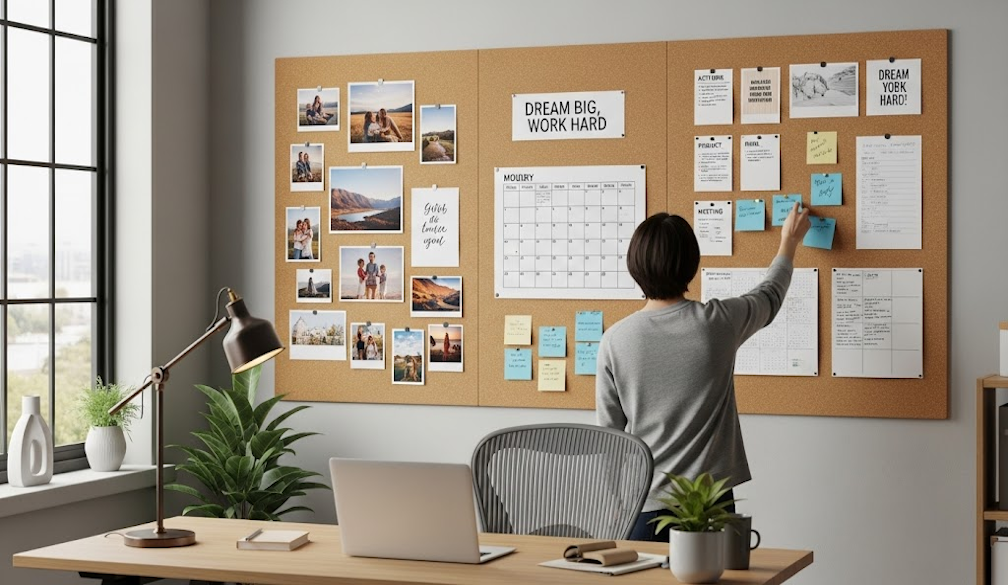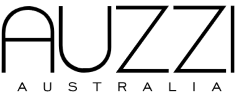Pinboard: The Essential Visual Tool for Organising, Communicating, and Inspiring

In a world where digital overload is the norm, many are rediscovering the power of physical tools that bring focus, clarity, and interaction. One such tool is the pinboard—a simple yet incredibly effective surface used for posting notes, visuals, reminders, and ideas in both personal and professional spaces.
Whether you’re managing a busy household, leading a team, or teaching a classroom, the pinboard provides an intuitive and efficient way to stay organised and foster communication. It’s a classic solution that has stood the test of time and continues to evolve with modern needs.
Understanding the Function of a Pinboard
A pinboard is essentially a display board, usually covered with a material like cork, felt, or fabric, where items can be pinned using thumbtacks, push pins, or clips. Its value lies in its ability to hold both temporary and long-term information in a shared visual format.
This makes it perfect for listing important dates, tracking goals, displaying artwork or documents, and sharing information. Unlike digital tools that often feel detached or hidden behind screens, the pinboard encourages real-time interaction and visibility.
Different Styles of Pinboards for Different Spaces
Modern pinboards come in a variety of materials and styles to suit different aesthetics and purposes. Traditional cork pinboards are still widely used in classrooms and offices due to their simplicity and reliability. Fabric-covered boards, available in a range of colours and textures, offer a more decorative option ideal for living rooms, bedrooms, or studio spaces.
Glass boards, while technically whiteboards, are sometimes combined with pinboard elements for a dual-purpose surface. Some pinboards come framed in wood or metal, while others are frameless for a more minimalist look.
There are also modular systems, which allow users to combine several pinboards into one large configuration that can be customised to fit a wall or workspace.
Why Pinboards Still Matter in the Digital Age
With countless apps, calendars, and planning tools available online, you might wonder why the pinboard still holds such relevance. The answer lies in its physical presence. A digital reminder can easily be swiped away, forgotten in a notification list. A pinboard, on the other hand, is right in front of you—visible and constant.
This visibility helps reinforce memory and accountability. It allows teams to collectively focus on objectives, deadlines, or event schedules. For individuals, it serves as a daily reminder of goals, appointments, and priorities.
Creative Uses of the Pinboard
The versatility of the pinboard opens it up to a wide range of uses beyond basic organisation. Many artists and creatives use pinboards as mood boards—places where photos, colour swatches, fabric samples, and sketches come together to spark new ideas.
Writers may use them to outline story structure, post inspirational quotes, or track character development. Families can turn a hallway pinboard into a rotating calendar of birthdays, meal plans, and household reminders.
In classrooms, pinboards are used to display student work, track attendance, and create rotating educational displays that align with lesson themes. This dynamic use of space helps engage students and create an interactive learning environment.
Pinboards in Professional Settings
In businesses, especially those that value collaboration and agile workflows, the pinboard serves as a central hub for ideas, project updates, and key information. Whether in a design agency or a startup office, pinboards provide a shared space where teams can post feedback, timelines, and concepts.
Even in remote work environments, physical pinboards at home help professionals stay on track with tasks and maintain a structured workspace away from digital distractions.
Benefits of Incorporating a Pinboard into Your Routine
Using a pinboard introduces a range of benefits. It reduces clutter by providing a single space for all important notes and visuals. It also improves focus by keeping key goals in view. For students and professionals alike, this type of visual reinforcement enhances retention and productivity.
It also encourages creativity and spontaneous thinking. Unlike rigid digital tools, a pinboard allows for free-form exploration, quick updates, and non-linear organisation.
Maintaining and Enhancing Your Pinboard
Keeping your pinboard effective requires periodic maintenance. Remove outdated notes, reorganise sections, and refresh visuals to keep the space engaging and relevant. Using colour-coded pins or categories can help organise the content better.
Some people integrate their pinboard into larger planning systems, pairing it with calendars, checklists, or wall planners to build a complete organisational centre.
Conclusion: The Pinboard as a Timeless Tool
The enduring popularity of the pinboard speaks to its practical and creative power. In a world where everything seems to be moving online, the pinboard offers a grounding, visual reminder of what matters most. Its ability to organise, inspire, and communicate makes it one of the most useful tools you can have—whether in your home, your classroom, or your workplace.
By placing one within arm’s reach, you gain a reliable system for capturing ideas, sharing information, and staying focused—no batteries or Wi-Fi required.

